When it comes to traveling with pets, dogs and cats often get all the attention. However, bird owners face their own unique set of challenges when bringing their feathered friends along for the journey. Whether you’re relocating across the country, taking a vacation, or simply visiting the veterinarian, proper preparation ensures your bird remains safe, healthy, and as stress-free as possible. Birds are sensitive creatures with specific needs that differ significantly from other pets. With thoughtful planning and the right equipment, traveling with your avian companion can be a smooth experience for both of you.
Understanding Your Bird’s Travel Temperament
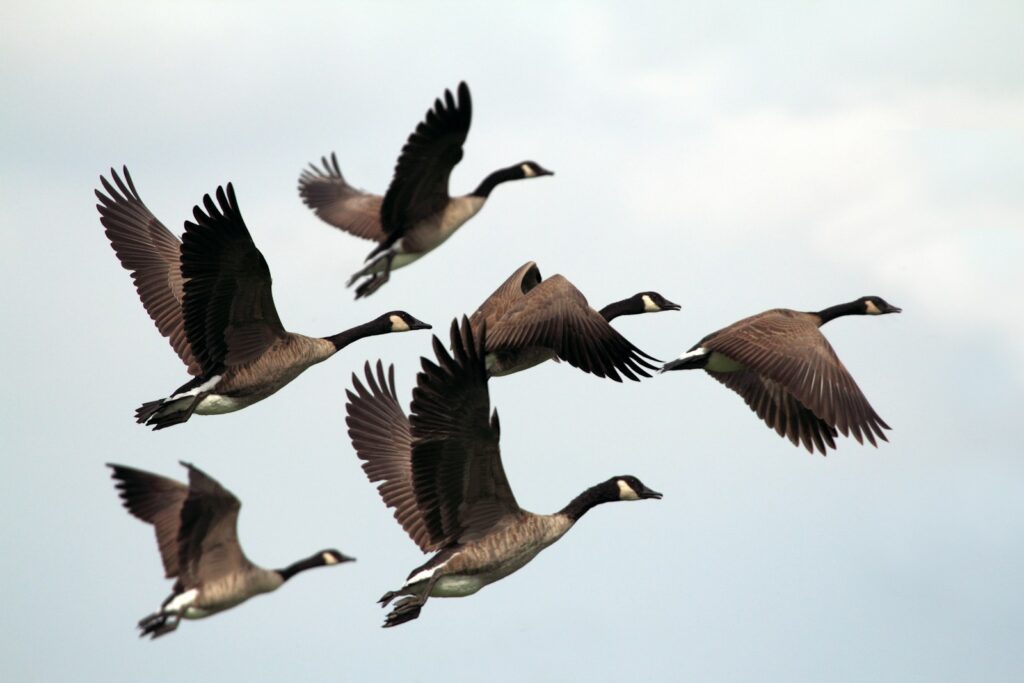
Different bird species and even individual birds within the same species can react differently to travel situations. Some birds may adapt quickly to new environments and experiences, while others might become extremely stressed when removed from their familiar surroundings. Before planning any extensive travel, consider how your particular bird has reacted to smaller outings in the past. A bird that becomes anxious during short car rides to the vet may need extra preparation and comfort measures for longer journeys. Consider conducting practice sessions by taking your bird on short drives around the neighborhood to help them acclimate to the motion and sounds of travel. Understanding your bird’s unique personality and stress triggers will help you develop a tailored travel strategy that addresses their specific needs.
Selecting the Right Travel Carrier
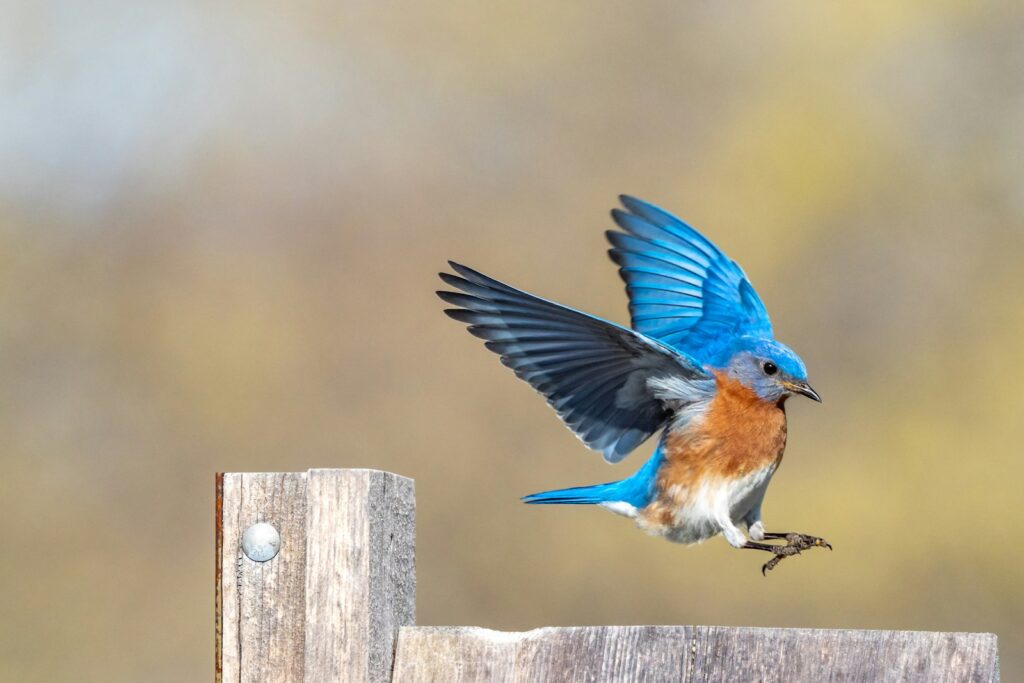
The proper carrier is perhaps the most important piece of equipment for bird travel. Look for carriers specifically designed for birds rather than using containers meant for other pets. The ideal carrier should provide adequate ventilation while protecting your bird from drafts. Small perforations or mesh windows allow airflow but should be small enough that your bird cannot stick their head or beak through them. The carrier should be spacious enough for your bird to turn around comfortably but not so large that they could be thrown around during movement. A small, low perch secured inside can provide comfort, and the floor should be lined with absorbent, non-toxic material such as paper towels that can be easily changed. Some carriers feature darkened sides which can help reduce stress for birds who feel more secure in enclosed spaces.
Preparing for Air Travel

Air travel with birds requires extensive advance planning due to airline restrictions and regulations. Not all airlines permit birds in the cabin, and those that do often have specific requirements regarding carrier dimensions and documentation. Contact your airline at least several weeks before your flight to understand their pet policies and reserve a spot, as many airlines limit the number of pets allowed on each flight. International travel adds further complexity, as you may need health certificates, specific testing, and import permits depending on your destination country. Some countries impose quarantine periods for incoming birds to prevent the spread of avian diseases. The USDA and your avian veterinarian can provide guidance on the specific requirements for your destination, and you should begin this process at least 30-60 days before your planned travel date to ensure all paperwork is properly processed.
Car Travel Essentials

Traveling by car offers more flexibility when bringing your bird along. Secure the carrier with a seatbelt in the back seat rather than the front, which protects your bird from airbag deployment in case of an accident. Never place your bird’s carrier in direct sunlight coming through windows, as overheating can occur rapidly and prove fatal. Maintain a comfortable temperature in the vehicle between 65-85°F (18-29°C), avoiding extreme heat or cold that can stress or harm your bird. Plan your route to minimize unnecessary stops and consider traveling during cooler parts of the day in hot weather. Never leave your bird unattended in a parked car, even for a few minutes, as temperatures can rise or fall to dangerous levels surprisingly quickly regardless of outside conditions.
Food and Water Considerations
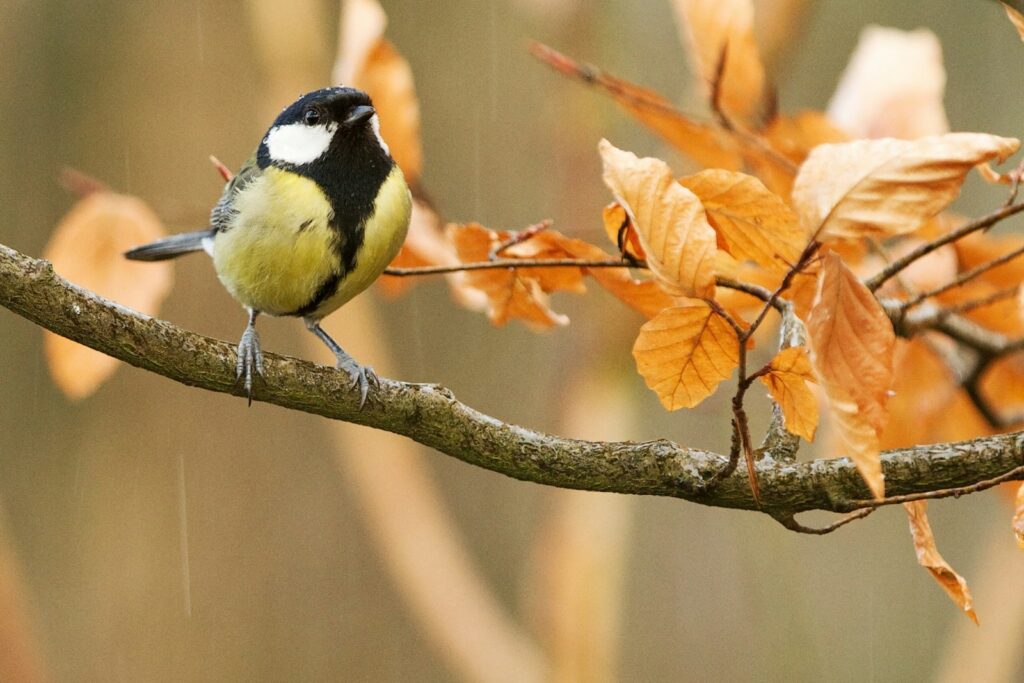
Maintaining proper nutrition and hydration during travel is crucial for your bird’s health. For short trips lasting a few hours, you may not need to provide food in the carrier, but water should be available if possible through a spill-proof container. For longer journeys, attach a small food cup securely to the carrier and fill it with familiar pellets or seeds that won’t spoil quickly. Fresh fruits and vegetables generally aren’t recommended during travel as they can spoil, create mess, and attract insects. Consider freezing a small dish of water the night before travel, which will gradually melt and provide clean drinking water while minimizing spills. Pack enough of your bird’s regular food for the entire duration of your trip plus extra days for unexpected delays, as finding the exact brand your bird is accustomed to may be difficult at your destination.
Managing Stress During Travel

Travel inevitably creates some stress for birds, but there are various methods to minimize its impact. Covering part of the carrier with a light breathable cloth can create a sense of security while still allowing adequate ventilation. Familiar items like a favorite toy (securely attached to prevent movement during transit) can provide comfort and a sense of normalcy. Some bird owners find that playing gentle, familiar music helps mask unfamiliar travel noises. For extremely anxious birds, your veterinarian might recommend mild natural calming supplements specifically formulated for birds or, in rare cases, prescription medication. Avoid introducing new foods, toys, or treats immediately before or during travel, as this can add to your bird’s stress and potentially cause digestive upset. Maintaining your usual conversational tone and periodic reassurance can also help your bird feel more secure in unfamiliar surroundings.
Health Certificates and Veterinary Preparation
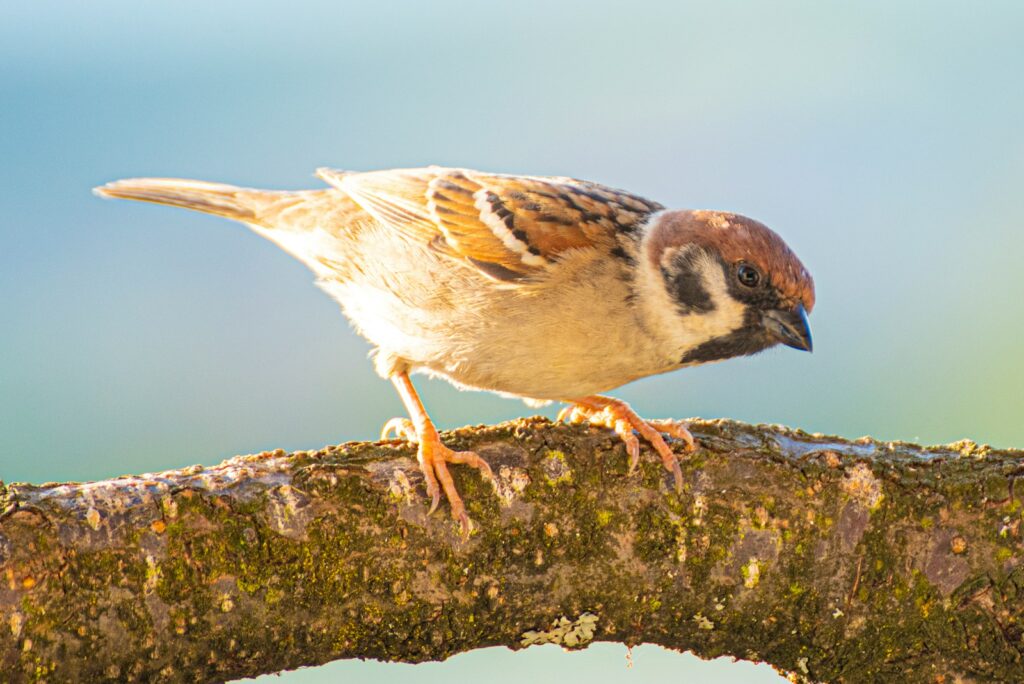
A pre-travel veterinary check is essential, especially for longer trips or cross-border travel. Schedule an appointment with an avian veterinarian at least 2-4 weeks before your departure date to address any existing health concerns and obtain necessary documentation. Many states and all international destinations require a Certificate of Veterinary Inspection (CVI) that’s typically valid for 30 days from issuance. Your vet can perform a comprehensive health examination and advise on any special considerations based on your bird’s age, species, and health status. This visit also provides an opportunity to discuss stress management strategies for your particular bird and obtain any prescription medications you might need while traveling. Keep all health documentation in a waterproof container easily accessible during your journey, as authorities may request to review these documents at various checkpoints.
Accommodation Considerations
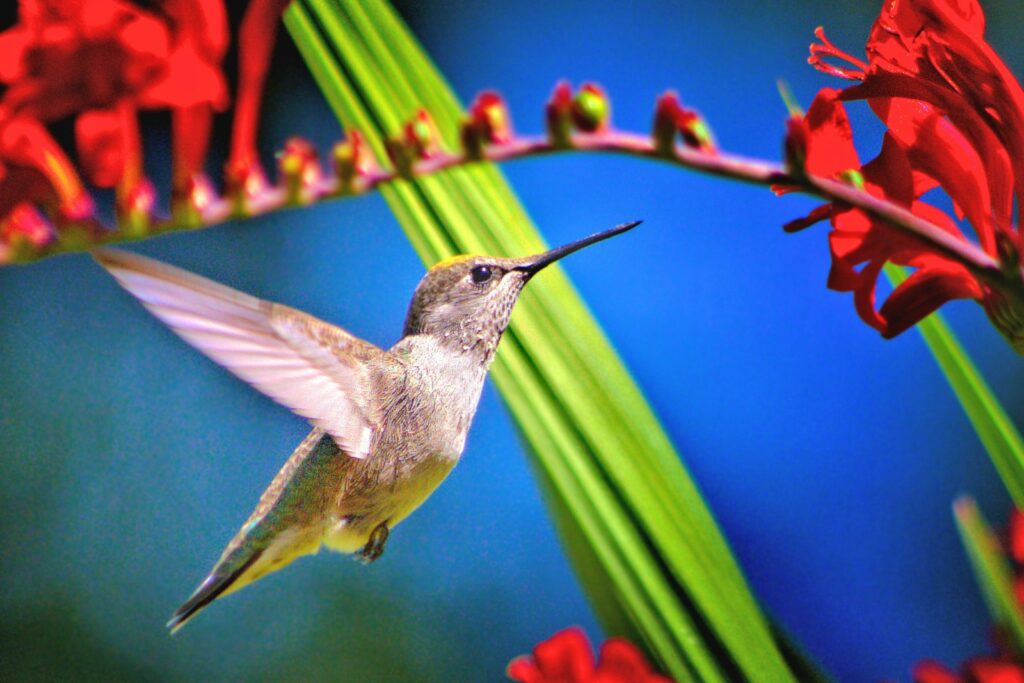
Finding bird-friendly accommodations requires advance research and communication. Many hotels have strict no-pet policies or limit pets to dogs only, making it essential to call directly rather than relying solely on general pet-friendly information online. When contacting potential accommodations, ask specifically about their bird policy, any additional fees, and any restrictions on cage size or bird species. Consider extended-stay hotels or vacation rentals which often provide more flexibility for travelers with birds. Upon arrival at your accommodation, conduct a safety assessment of the room, looking for potential hazards like exposed electrical cords, toxic plants, or ceiling fans. Create a temporary safe space in the bathroom or closet where your bird can remain secure in their carrier while you inspect and bird-proof the main living area. Some bird owners bring a portable playstand or temporary travel cage for use in hotel rooms to provide their birds with out-of-carrier time in a controlled environment.
Temperature and Environment Control
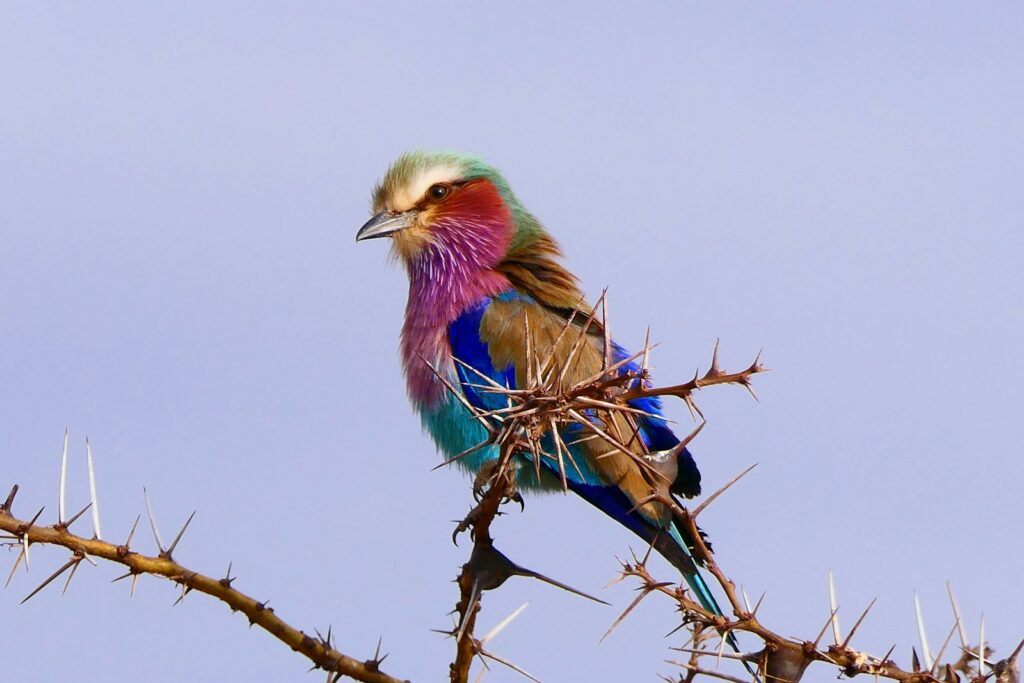
Birds are extremely sensitive to temperature fluctuations and air quality issues. Keep your bird away from air conditioning vents, heaters, and drafty areas which can cause rapid temperature changes that may lead to illness. The ideal ambient temperature for most pet birds ranges between 65-85°F (18-29°C), though specific species may have narrower comfort ranges. Humidity is another important factor, with most pet birds preferring humidity levels between 40-70%. To help maintain appropriate humidity, you can use a small portable humidifier or place a damp towel over part of the cage in dry environments. Be vigilant about potential airborne hazards in new environments, including cigarette smoke, air fresheners, scented candles, and cleaning chemicals, all of which can irritate your bird’s delicate respiratory system. When possible, request non-smoking rooms that haven’t been recently renovated or treated with heavy cleaning products.
Emergency Preparedness
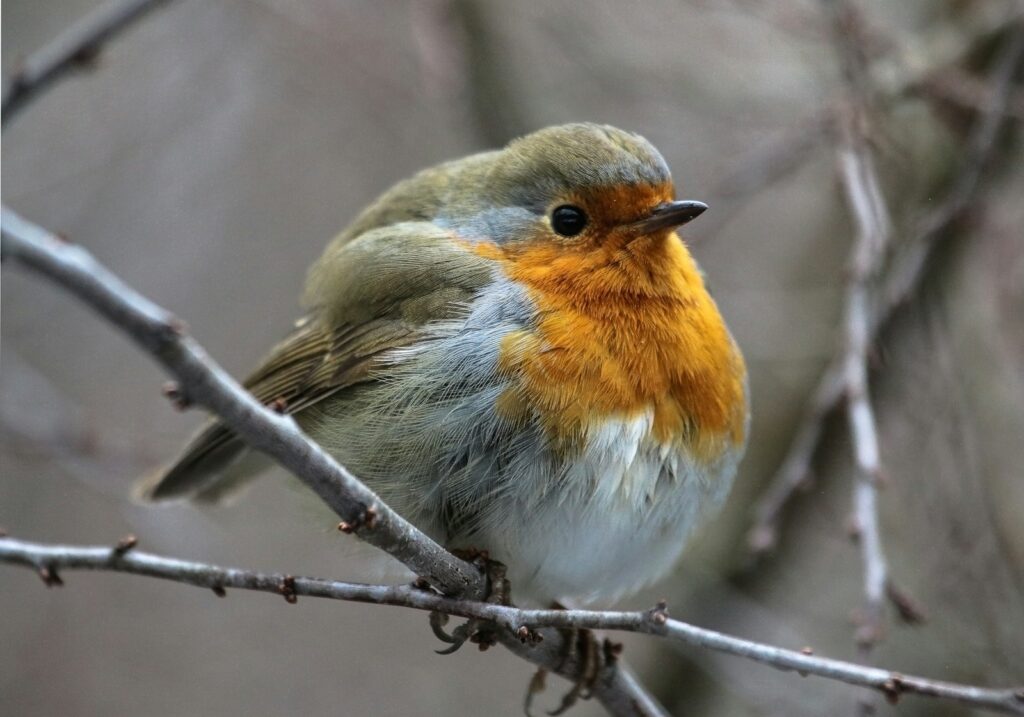
Even with careful planning, emergencies can occur while traveling with your bird. Create a travel emergency kit containing your regular veterinarian’s contact information, the phone numbers and addresses of avian veterinarians at your destination, a basic first aid kit, and any medications your bird currently takes. Familiarize yourself with the symptoms of common avian emergencies including difficulty breathing, fluffed feathers combined with lethargy, blood in droppings, or signs of injury. Pack supportive care items such as an eyedropper for administering fluids, unflavored Pedialyte for mild dehydration (only as directed by a vet), and clean towels for handling or restraint if necessary. Consider having your bird microchipped before travel, and always carry current photos of your bird that clearly show any distinctive markings, which can be invaluable in the event your bird escapes or becomes lost.
Maintaining Routines While Traveling
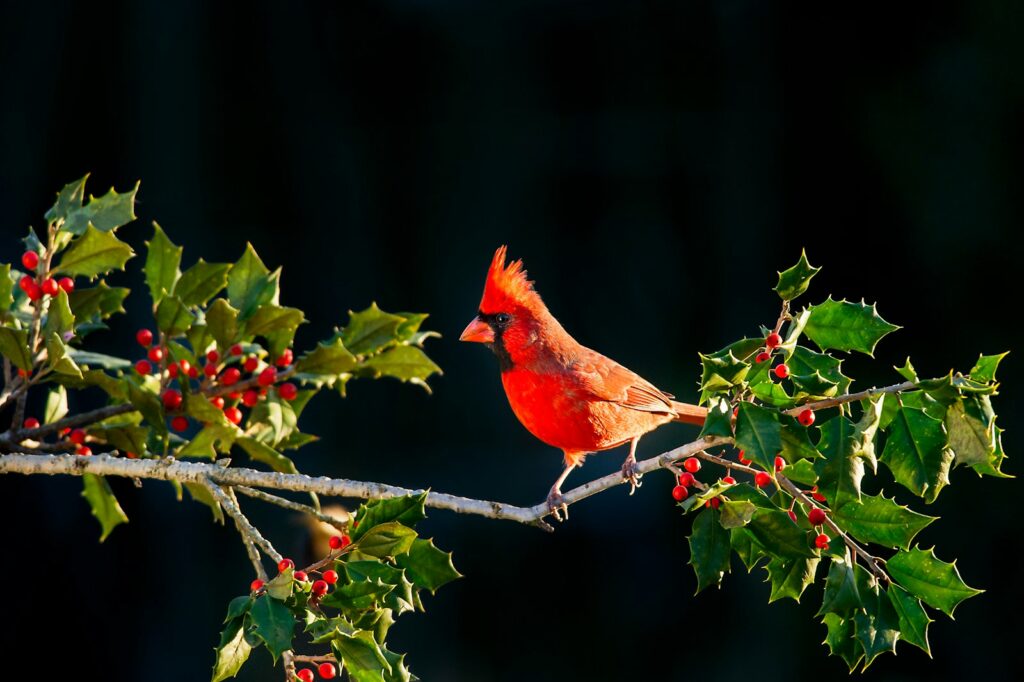
Birds thrive on consistency, so maintaining familiar routines during travel can significantly reduce stress. Try to follow your bird’s regular schedule for feeding, sleep, and interaction as closely as travel circumstances allow. If your bird is accustomed to a specific light and dark cycle, use a small cage cover to maintain darkness during normal sleeping hours. Pack familiar food and water dishes rather than relying on makeshift containers at your destination. While travel necessarily disrupts some routines, preserving key elements of your bird’s daily schedule helps create islands of normalcy amid the changes. For longer stays, gradually establish a regular routine that works within your new environment while incorporating as many familiar elements as possible. Many birds adjust more readily to new surroundings when they can count on consistent daily patterns of care and interaction with their human companions.
Special Considerations for Different Bird Species
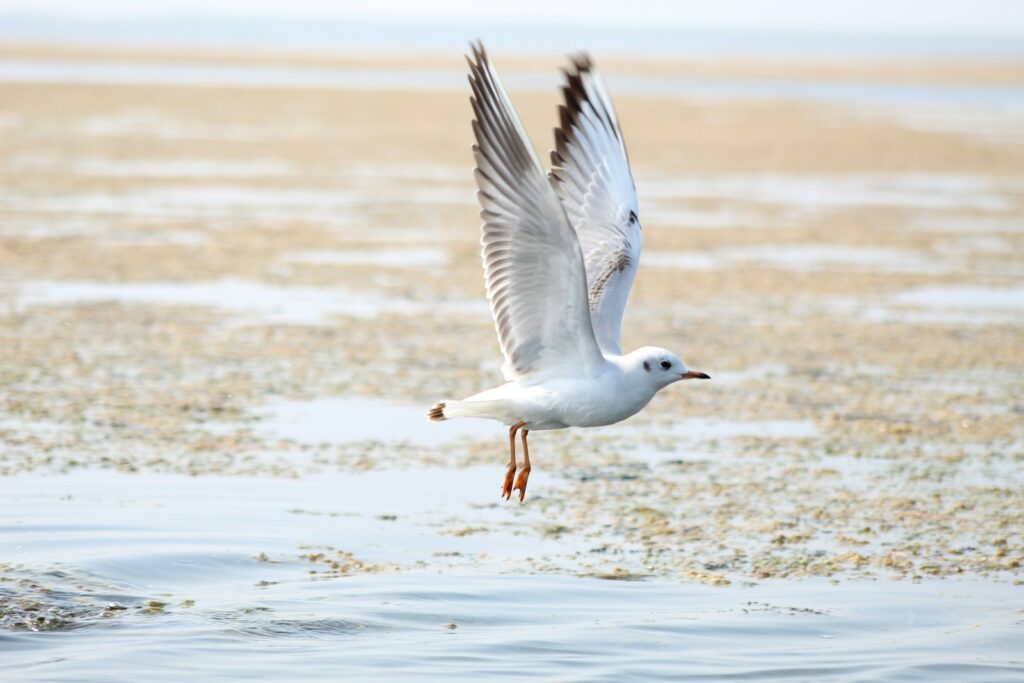
Various bird species have different needs and sensitivities during travel. Small birds like budgies, canaries, and finches are more susceptible to temperature fluctuations and may become stressed more easily in moving vehicles. Medium-sized birds such as cockatiels and conures often travel well but may be more vocal during the journey, potentially creating challenges in shared transportation or accommodations. Larger parrots including African greys, amazons, and macaws typically require more spacious carriers and may present unique challenges with their stronger beaks that could potentially damage inadequately constructed travel equipment. Some bird species have specific humidity requirements, with African greys being particularly sensitive to dry environments. Research your specific bird’s species-related travel considerations and consult with an avian veterinarian who can provide advice tailored to your particular bird’s needs based on their species, age, and health status.
Post-Travel Adjustment Period
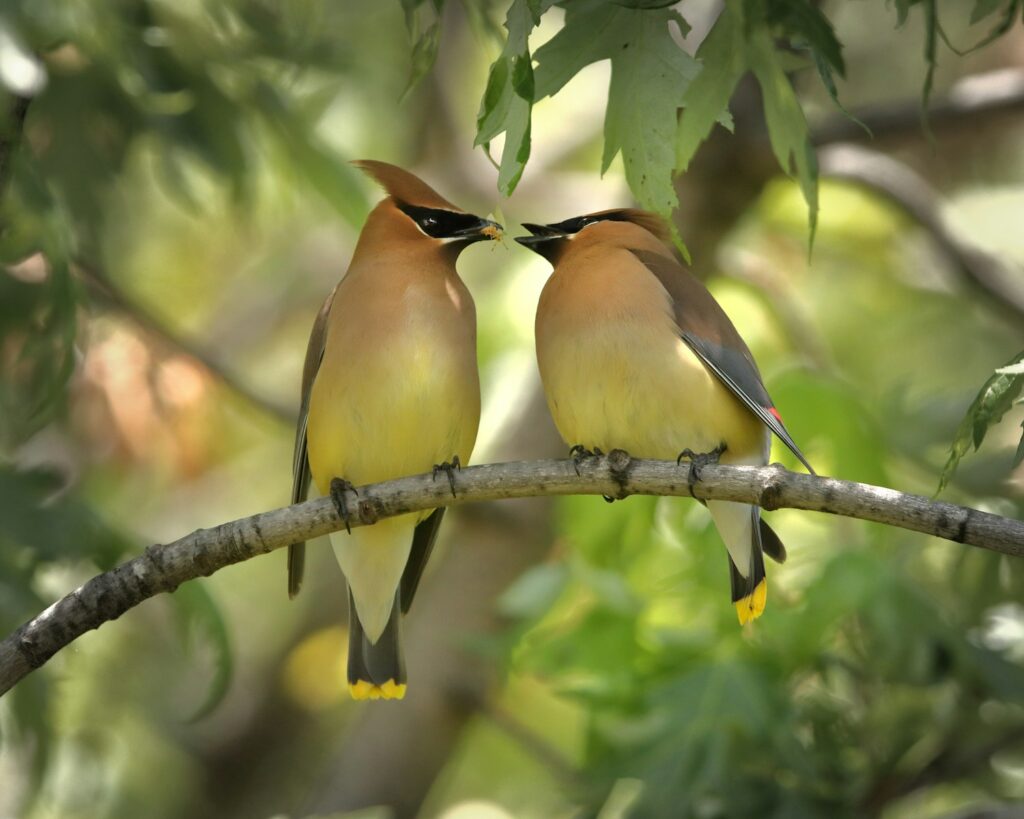
Upon reaching your destination, your bird will need time to adjust to the new environment. Place their carrier in a quiet, draft-free area and allow them to emerge at their own pace rather than forcing them out. Set up their cage or travel housing in a location that offers some familiarity – perhaps near where you’ll be spending most of your time but away from excessive noise or activity. Maintain consistent feeding schedules and offer favorite treats as positive reinforcement for adapting to the new surroundings. Watch for signs of travel-related stress such as decreased appetite, unusual quietness, or changes in droppings, which typically resolve within a few days as your bird adjusts. Some birds may exhibit temporary behavioral changes such as reduced vocalization or increased sleep during this adjustment period. If concerning symptoms persist beyond 48 hours or if your bird shows signs of illness such as labored breathing or severe lethargy, seek veterinary care immediately.
Conclusion

Traveling with your pet bird requires thorough preparation, appropriate equipment, and sensitivity to your feathered friend’s unique needs. By understanding your bird’s temperament, choosing the right carrier, and taking precautions to maintain their health and comfort, you can make the journey as stress-free as possible. Remember that each bird is an individual with specific requirements and tolerances for new experiences. With patience and planning, you can create positive travel experiences that allow your avian companion to safely accompany you on life’s adventures while maintaining their physical and emotional well-being. Whether you’re traveling across town or across the country, these considerations will help ensure your bird arrives safely and adjusts well to temporary or permanent new surroundings.



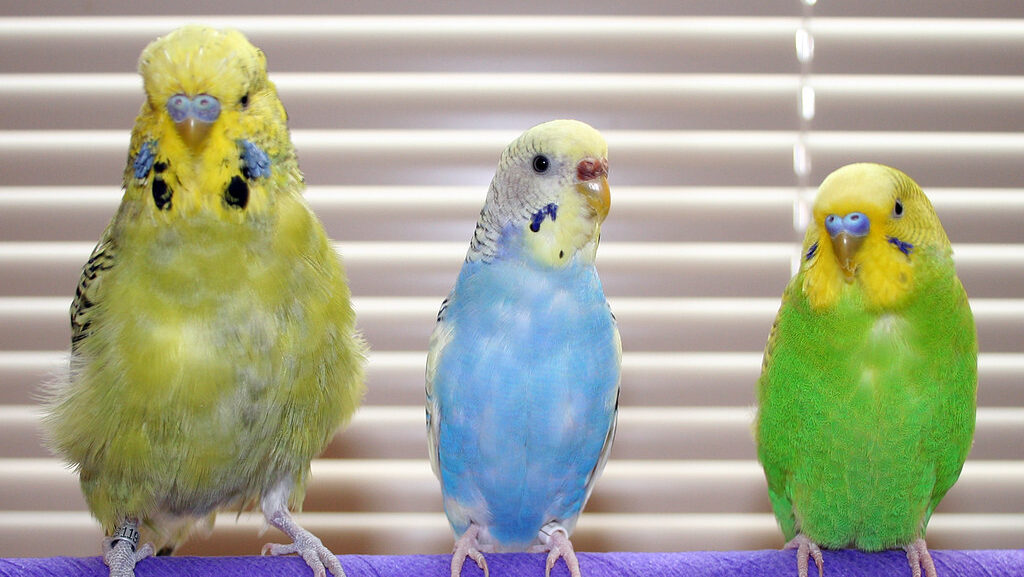

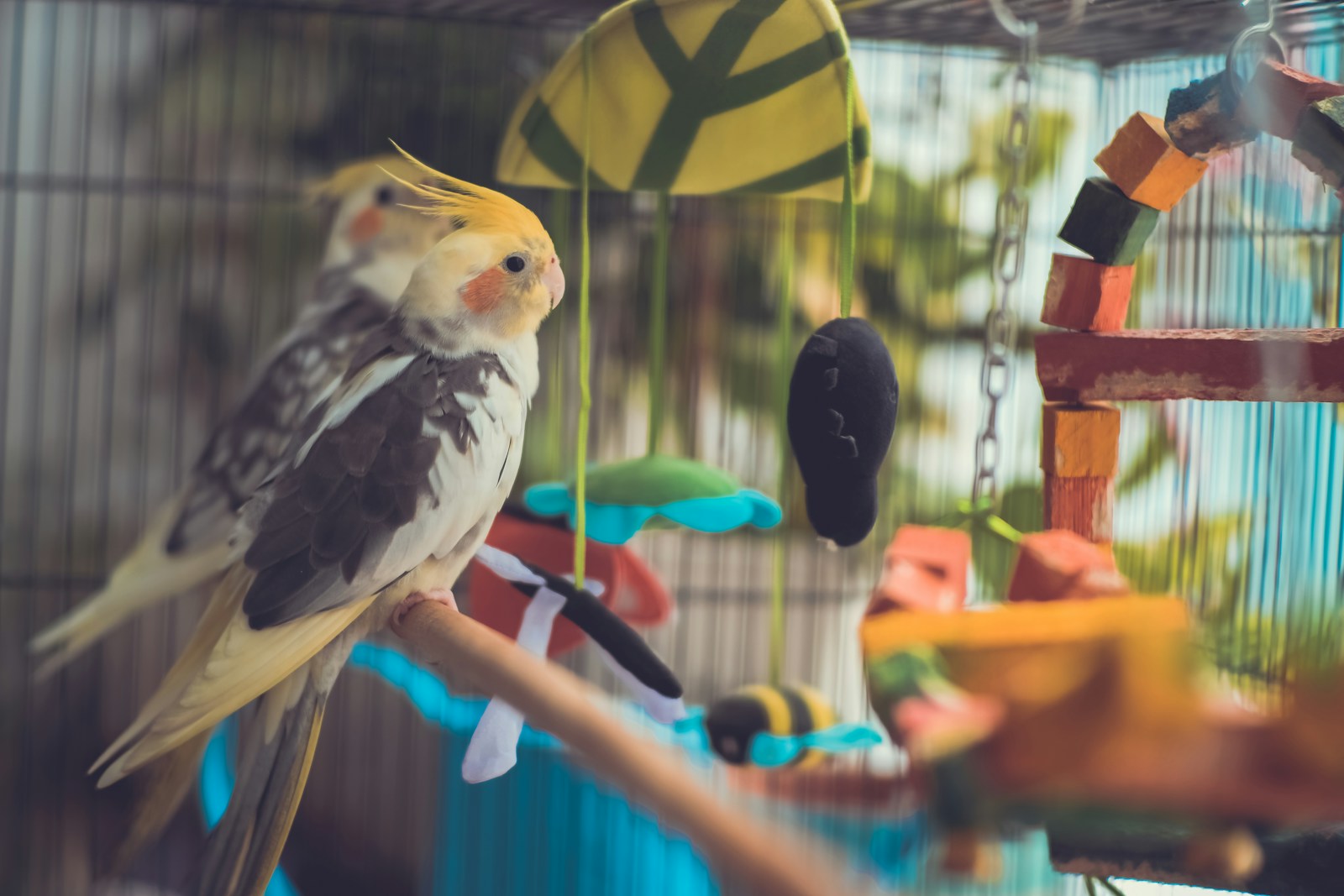
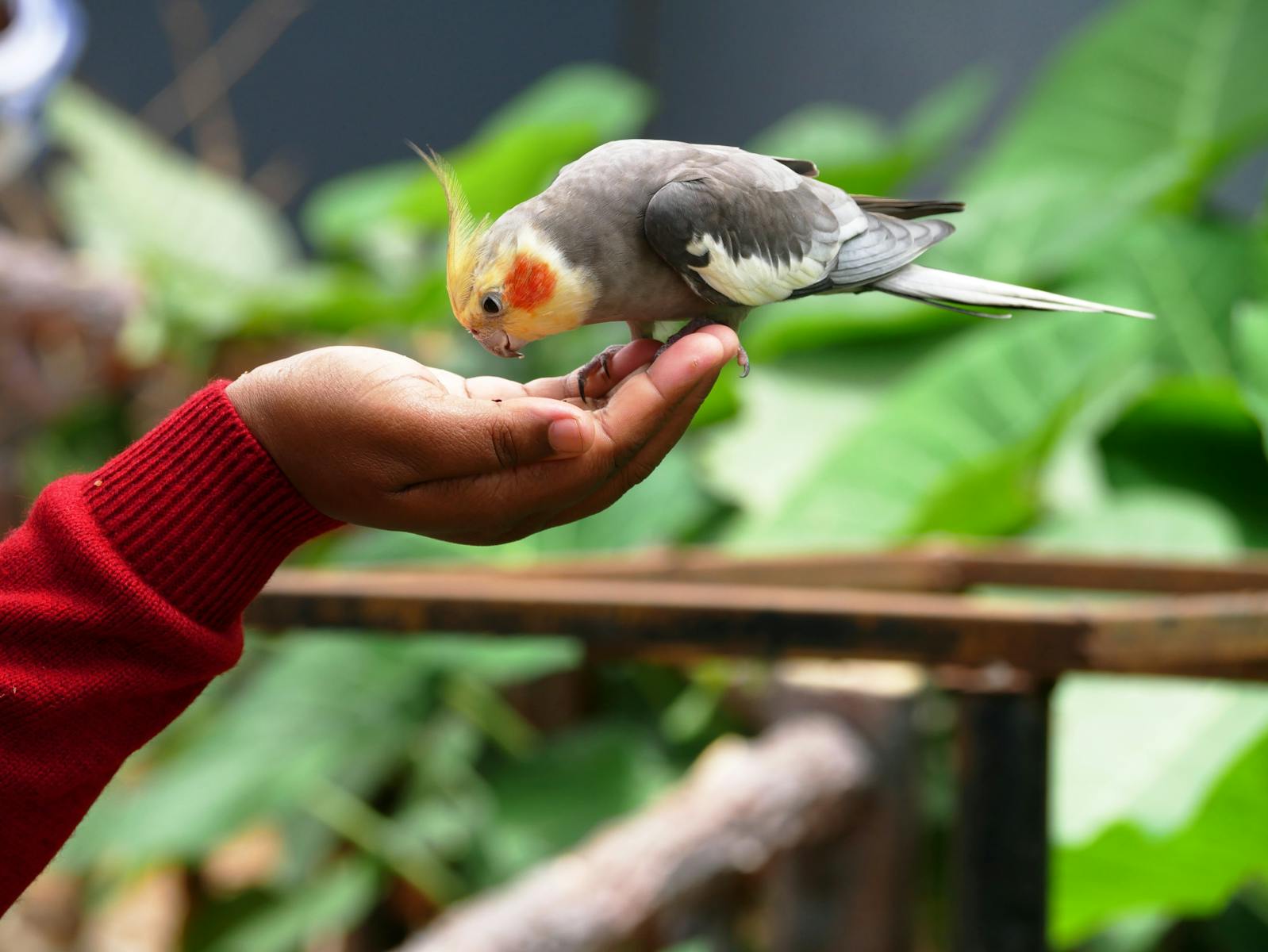
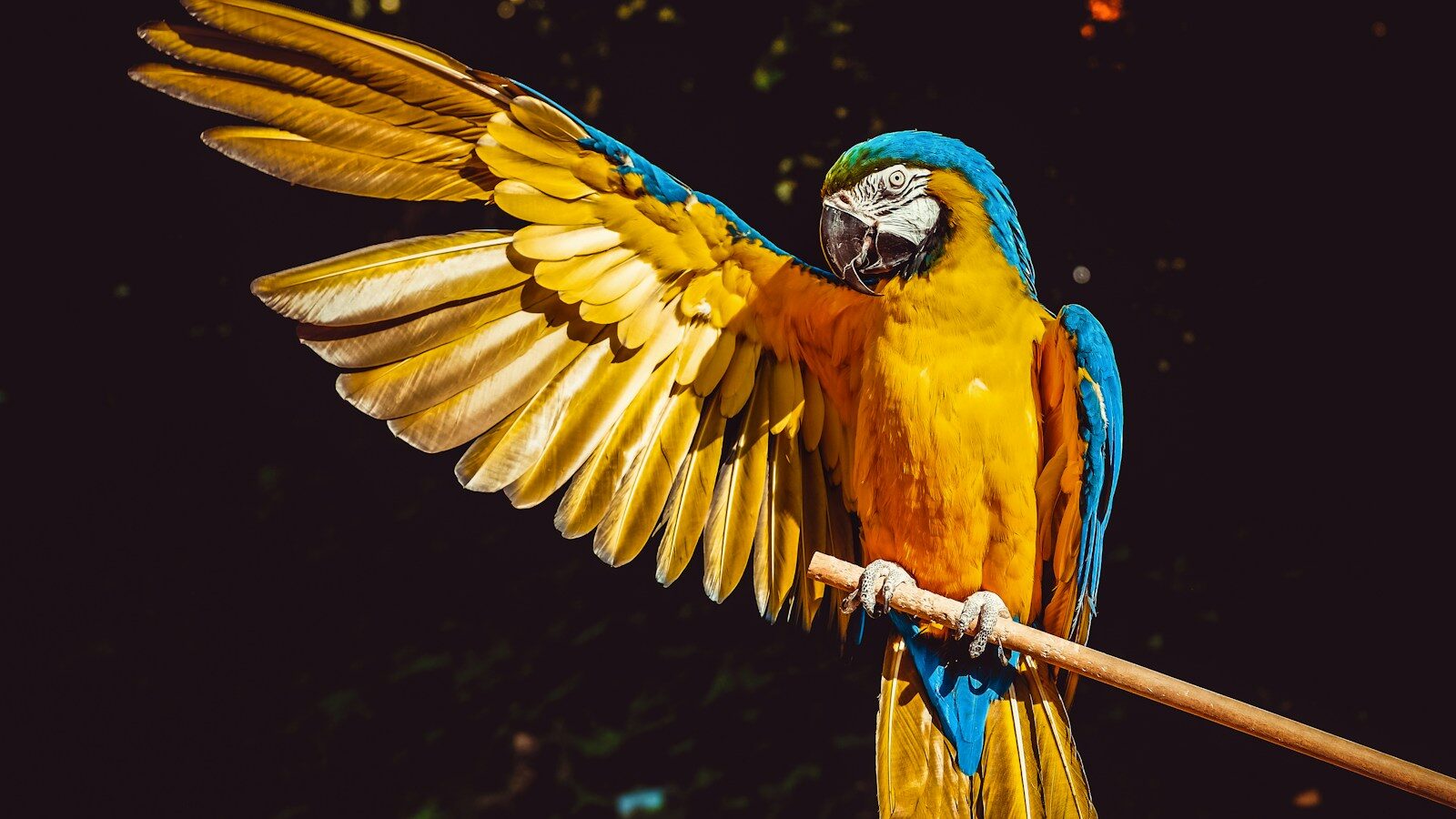

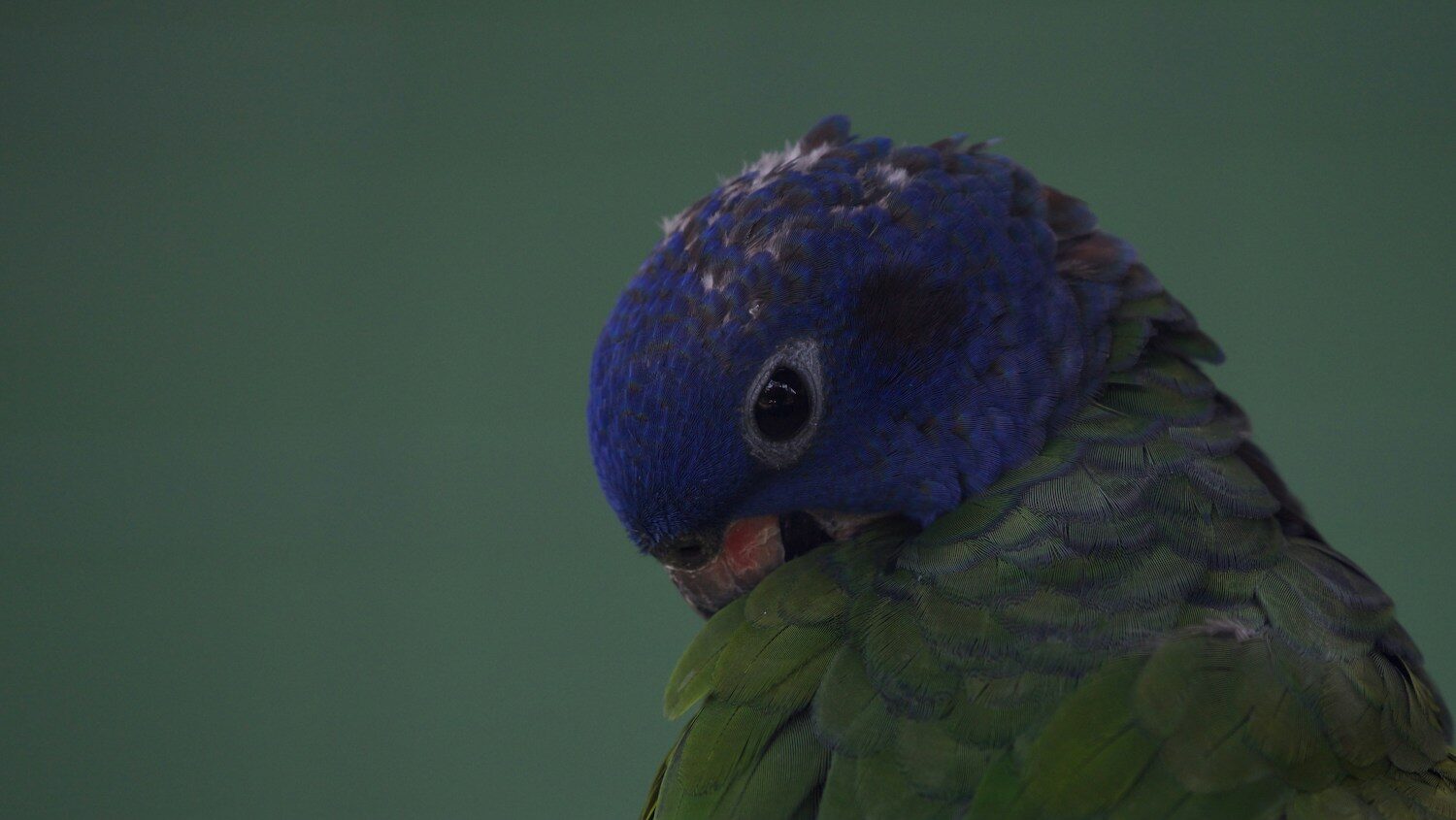

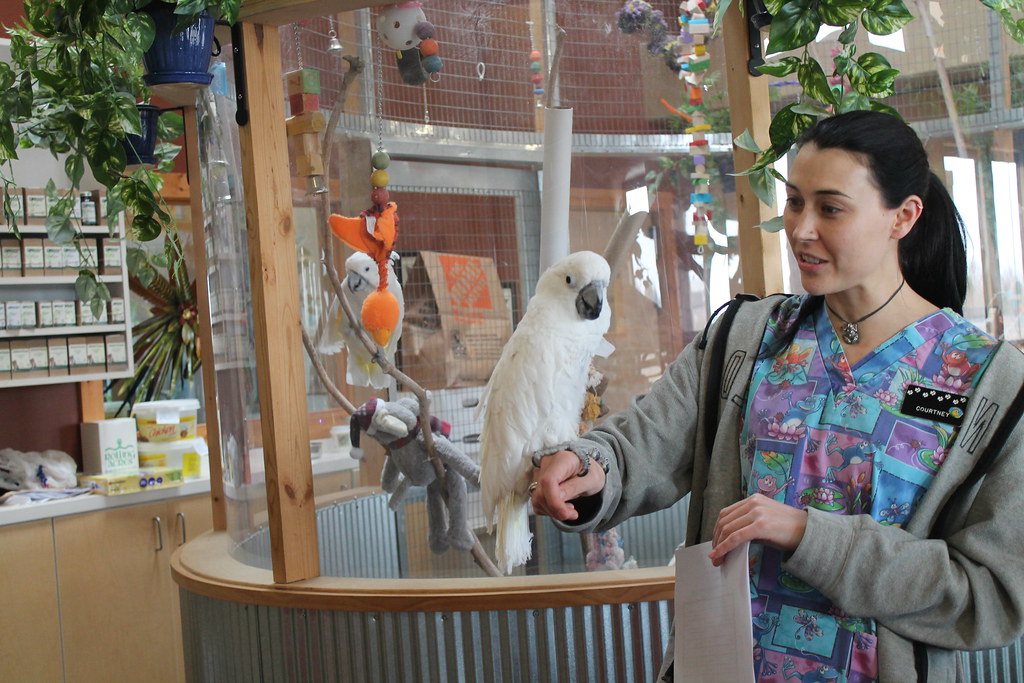




Leave a Reply